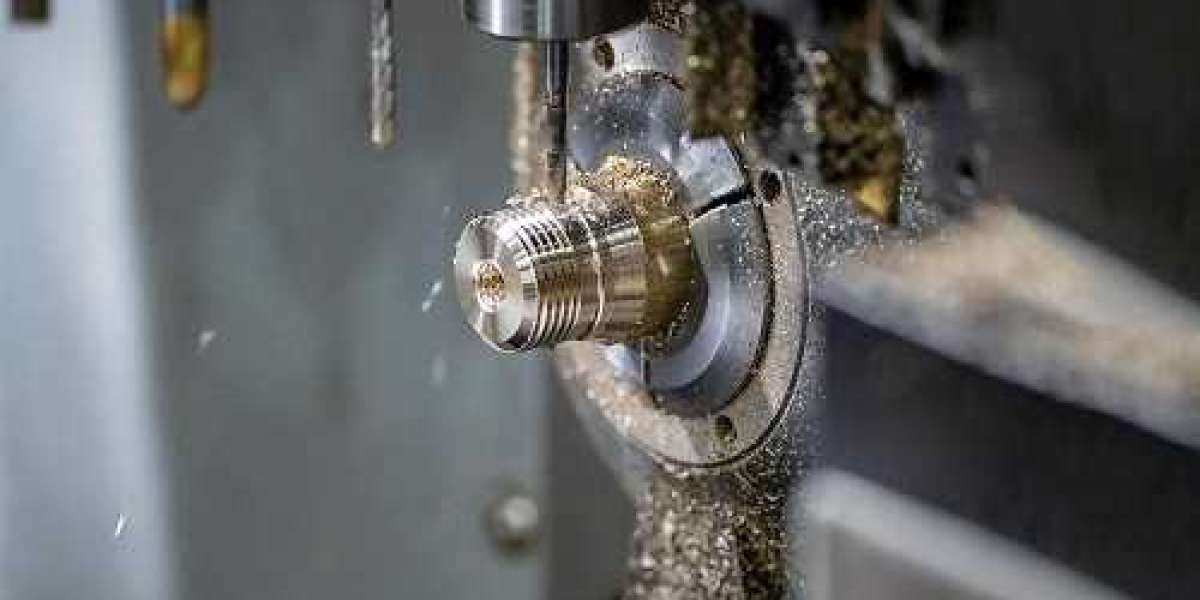Introduction
In the realm of precision machining, the Swiss lathe machine stands as a pinnacle of engineering marvel, capable of producing intricate and high-quality components with unmatched precision and efficiency. Born in the Swiss watchmaking industry, this revolutionary tool has transcended its horological origins to become a cornerstone of modern manufacturing across various industries. In this article, we delve into the inner workings, capabilities, and applications of the swiss lathe machine.
The Origins and Evolution
The Swiss lathe machine, also known as a Swiss-type lathe or sliding headstock lathe, traces its roots back to the watchmaking trade in Switzerland during the 19th century. Craftsmen faced the challenge of producing incredibly small and precise components for intricate timepieces. Traditional lathes struggled with maintaining the necessary precision for these delicate parts, which prompted the development of the Swiss lathe.
The distinguishing feature of the Swiss lathe is its sliding headstock, which provides enhanced support for long, slender workpieces. As technology advanced, these machines incorporated computer numerical control (CNC) systems, transforming them into high-precision, automated marvels capable of complex machining operations.
Key Features and Working Principle
The Swiss lathe machine's working principle centers around the movement of the material while the cutting tool remains stationary. This is achieved through the sliding headstock, which allows the material to move longitudinally, while the cutting tools are positioned radially around the material. This design minimizes vibrations and deflections, resulting in impeccable precision, especially when dealing with slender parts.
Furthermore, the Swiss lathe machine often incorporates multiple tool stations, allowing for simultaneous machining operations on various parts of the workpiece. This multitasking capability significantly boosts efficiency and reduces cycle times. The close proximity of the tool stations to the workpiece also minimizes tool travel, further enhancing accuracy.
Unmatched Precision
One of the standout qualities of the Swiss lathe machine is its unparalleled precision. This precision is the result of a combination of factors, including the rigid construction of the machine, the utilization of hydrostatic bearings for reduced friction, and advanced CNC controls that enable micrometer-level adjustments. Whether producing medical implants, aerospace components, or intricate automotive parts, the Swiss lathe ensures consistent and accurate results.
Applications Across Industries
The Swiss lathe machine's adaptability has extended its influence beyond the watchmaking domain. It has found a home in a wide array of industries, each benefiting from its precision and efficiency. Some notable applications include:
Medical: Swiss lathes are instrumental in producing medical implants and devices that demand exceptional precision, such as orthopedic screws, bone plates, and dental components.
Aerospace: The aerospace industry relies on Swiss lathes to manufacture intricate components for jet engines, landing gear, and avionics systems, where precision and reliability are paramount.
Electronics: The production of connectors, pins, and other intricate electronic components is enhanced by the Swiss lathe's ability to work with small diameters and intricate geometries.
Automotive: In the automotive sector, the Swiss lathe contributes to the manufacturing of precision engine parts, transmission components, and fuel injection systems.
Conclusion
The Swiss lathe machine's journey from its watchmaking origins to its present-day dominance in precision machining is a testament to human ingenuity and engineering prowess. Its ability to consistently produce intricate and high-quality components has revolutionized industries across the globe. As technology continues to evolve, we can expect the Swiss lathe machine to remain at the forefront of precision manufacturing, enabling innovation and pushing the boundaries of what is possible.








